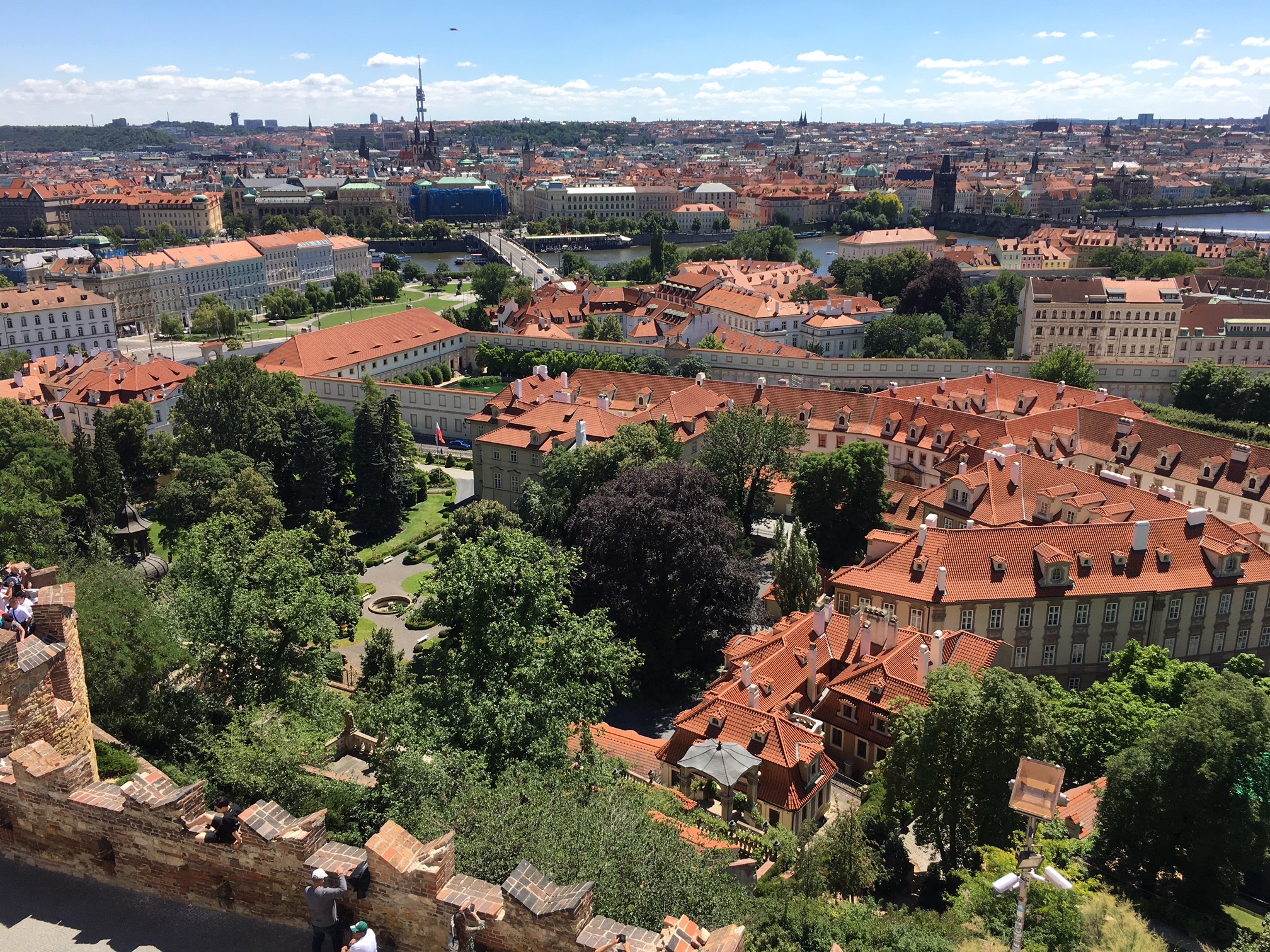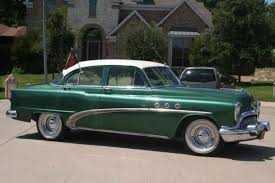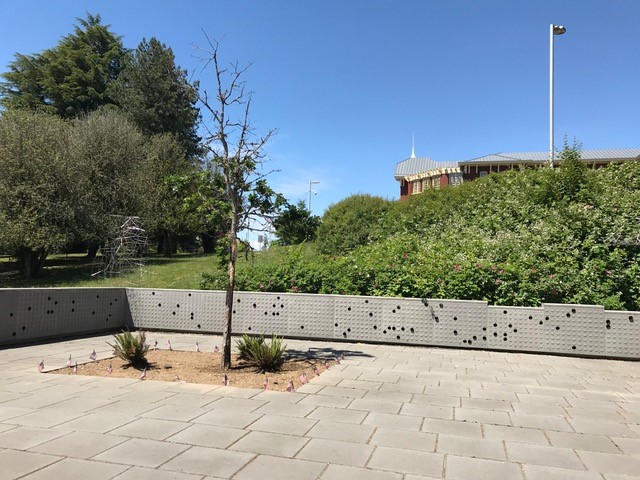
I was recently on holiday in London and Prague, and in the latter city I had a rather serendipitous encounter, as it seemed – but perhaps was not! While touring the Lobkowicz Palace at Prague Castle – an impressive structure in its own right, but only a small part of the Castle, which looms over the city – I walked up to a portrait of Princess Leopoldine Lobkowicz (1867–1936) by her contemporary Philip de László (1869–1937). As I was on a tour being led by Leopoldine’s great-great-great-nephew, and as I was about to meet the artist’s great-grandson for dinner in London, this coincidence seemed rather propitious. Continue reading Lasting connections








